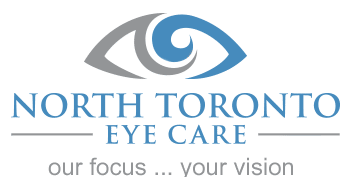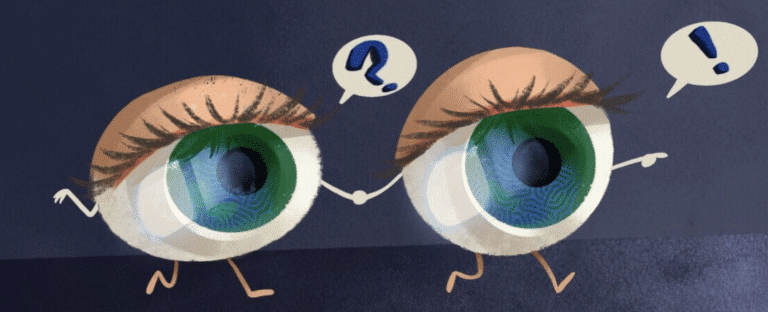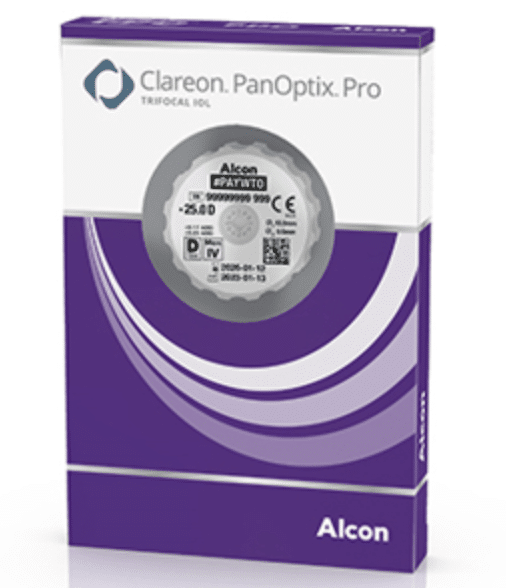Tepezza: A New Non-Surgical Treatment for Thyroid Eye Disease
Blepharoplasty,Dry Eye,Eye Exam,Eye Health,Featured,Medical News,Oculoplastics,What's New
Thyroid Eye Disease (TED) is a progressive, potentially sight-threatening condition often linked with Graves’ disease and other forms of hyperthyroidism. For many, TED leads to bulging eyes, double vision, discomfort, and even permanent disfigurement. Today, thanks to advances in treatment, patients have a promising non-surgical option—Tepezza (teprotumumab)—now available for suitable candidates.1 What is Thyroid Eye…
Read MoreProactive Eye Care for Older Adults: Reducing Risk of Falls
Cataract,Eye Exam,Eye Health,Featured,Glaucoma,Medical News,Retina
Falls among older adults are becoming increasingly common, particularly during snowy and icy winter conditions, and these incidents can lead to serious eye injuries as well as other forms of trauma. As Canada’s population ages, preventing falls and protecting eye health have become major public health priorities. Vision plays a critical role in maintaining balance,…
Read MoreFrustrated Patients and Dry Eye in Cataract Surgery
astigmatism,Cataract,cornea,Dry Eye,Eye Exam,Featured,Medical News,Presbyopia,Refractive Lens Exchange
The success of cataract surgery extends beyond simply achieving 20/20 vision. Patient satisfaction and optimal refractive outcomes depend significantly on maintaining a healthy ocular surface, making pre-operative dry eye management a critical component of comprehensive cataract care. At North Toronto Eye Surgical Centre, we recognize that addressing dry eye disease before cataract surgery is essential…
Read MoreTechnology Spotlight: OPTOS Imaging in Modern Retinal Care
Eye Exam,Eye Health,Featured,Retina,What's New
North Toronto Eye Care incorporates cutting-edge diagnostic tools that exceed standard OHIP-covered services. OPTOS multi-modal technology uses ultra-widefield imaging (UWF) and Fundus Autofluorescence (FAF) that provides eye care specialists with unmatched retinal visibility, enabling early intervention for diseases like diabetic retinopathy, age-related macular degeneration (AMD), and retinal tears.1 OPTOS utilizes scanning laser ophthalmoscopy to capture…
Read MoreExploring Solutions for Age-Related Eyelid Droop
Blepharoplasty,Eye Health,Featured,Medical News,Oculoplastics,What's New
UPNEEQ® is an FDA-approved prescription eye drop designed to temporarily lift droopy eyelids caused by weakened muscles in the upper lid.1 Its active ingredient, oxymetazoline, targets Müller’s muscle – one of the muscles involved in elevating the eyelid – causing it to contract and lift the lid by 1-2 millimeters.1,2 This effect typically begins within…
Read MorePresbyopia Correcting IOLs (Intraocular Lenses) – Options beyond LASIK
Cataract,Featured,Medical News,Presbyopia,Refractive Lens Exchange,What's New
Presbyopia is a natural and universal part of aging that involves the gradual loss of the eye’s ability to focus up close. It is distinct from other refractive errors such as nearsightedness or farsightedness. This condition typically becomes noticeable in mid-40s and continues to progress until around age 65. Presbyopia occurs because the lens inside…
Read MoreUnderstanding Ozempic’s Impact on Diabetic Eye Health: Guide for Patients
Cataract,Eye Exam,Eye Health,Featured,Medical News,Retina
Ozempic (semaglutide) is a medication used to help manage type 2 diabetes. It belongs to a class of drugs called GLP-1 receptor agonists, which help lower blood sugar by increasing insulin release, decreasing glucagon secretion, and slowing gastric emptying.1,2 It has revolutionized diabetes management, but its ocular effects require careful consideration – especially for patients…
Read MoreUnlocking the Power of Nutrition in Combating Dry Eye
Dry Eye,Eye Health,Featured,What's New
The continuous evolving field of ocular health research has uncovered compelling insights into how nutrition plays a pivotal role in managing dry eye symptoms. This natural, holistic approach complements traditional and interventional therapies while offering new avenues for relief from discomfort. Understanding Nutrition-Dry Eye Connection Dry Eye Disease (DED) is caused by insufficient tear production…
Read More7 Reasons Why There’s Pain Behind Your Eye
Eye Health,Featured,Uncategorized
At one time or another, each of us has likely experienced some type of eye pain. It can range from dull to intense and can be sometimes be accompanied by fever, tearing, redness, light sensitivity, sinus pressure, double vision, and numbness. Most often, pain behind your eye isn’t a serious condition, but in some instances,…
Read MoreA window to your health
The average adult eye ball is 22 to 25 mm long. Despite their small size, our eyes can tell doctors a lot about our health. In fact, your retina – the nervous tissue that lines the inside of your eyes, is the only place in your body where your blood vessels can be seen directly!…
Read More











